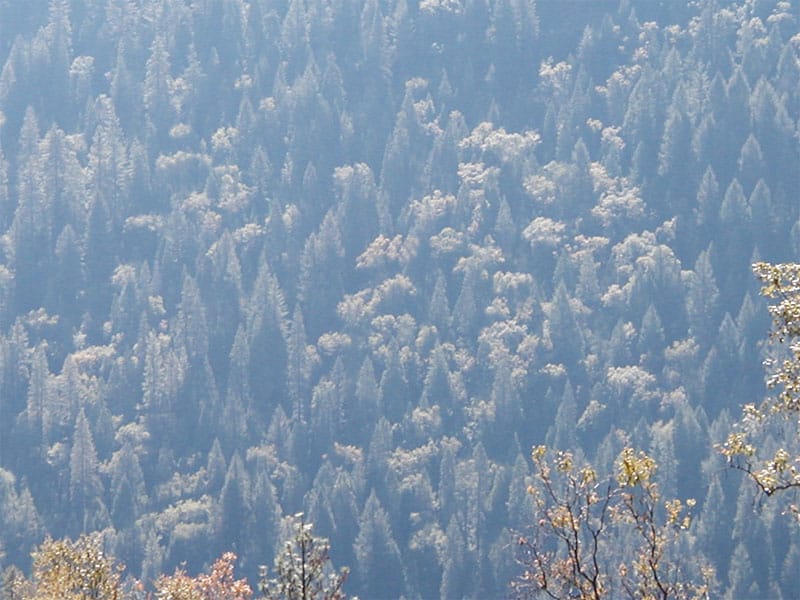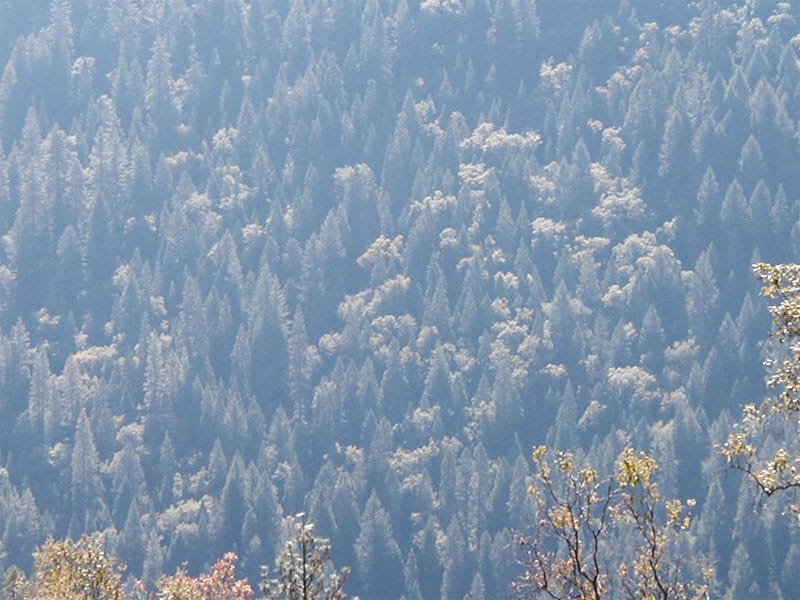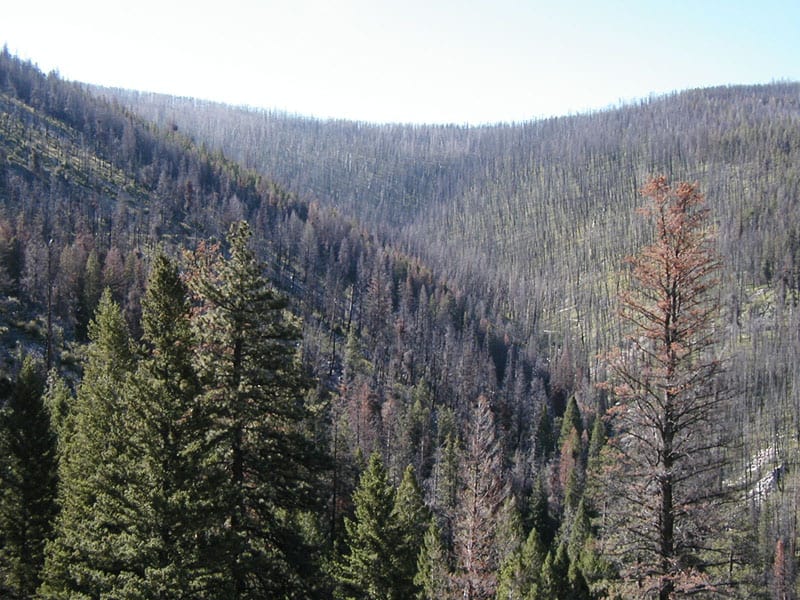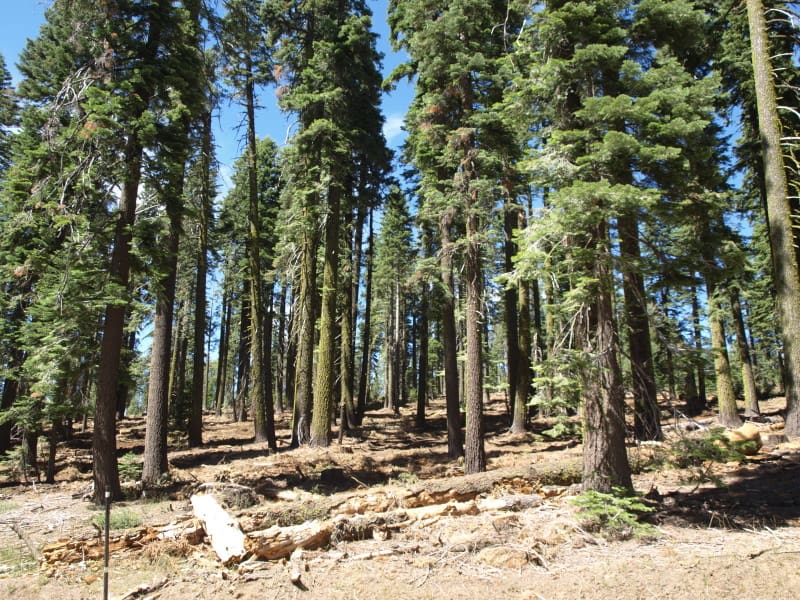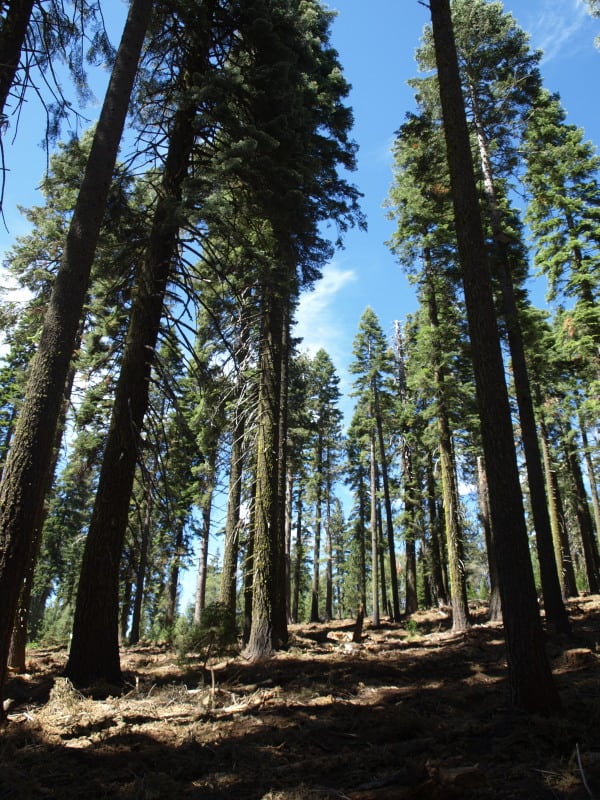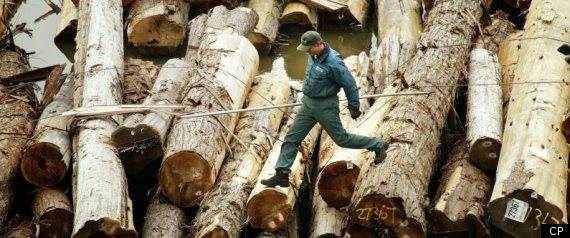 Here’s a guest post from Derek Weidensee, which started as a comment here in a previous thread, but the whole idea of what’s in the cut and sold report, and what it means, I think is worth its own post and discussion.
Here’s a guest post from Derek Weidensee, which started as a comment here in a previous thread, but the whole idea of what’s in the cut and sold report, and what it means, I think is worth its own post and discussion.
The Fiscal Year (FY) 2012 USFS “cut and sold” report has just came out. The nine forests in Montana have sold the least amount of timber since 2007, and 40% less than 2009. When one looks back 10 years, one can see an inverse curve between “timber sold” in Montana and “money raised” by the Alliance of Wild Rockies. In 2007, when only 109 Million board foot was sold (MMBF), the AWR raised $255,000. The Wildwest Institute raised $136,000. There was much litigation then wasn’t there. In 2009, the AWR budget dropped to $83,000 (barely enough to cover Garrity’s salary) and the WWI to $33,000. In 2010, because of a “gift” from Carole King, the AWR budget bounced up to $380,000. Now here’s some research for you. Graph this one out. How many lawsuits were filed in the last few years, or more importantly, how many MMBF is currently litigated. How much of the 40% decline in volume is attributed to litigation? Why can’t the USFS tell us that? They know, and they could, but why wait for the Missoulian to get around to asking them. You can argue that it’s all about following the law, but who could be opposed to the public’s right to know. Let’s stop the dance here, we all know the litigation is all about soaking up person hours so less timber can be cut with the available budget, and with holding timber supplies in the hope some more mills will close. A tactic that has worked quite well in the past 30 years.
Here’s a few more fun “stat’s” from the cut and sold. Out of the 122 MMBF “sold” 25% was personal use firewood. Of the “commercial” timber, only 38%(47MMBF) of the 122 was “sawtimber” and 35%(43MMBF) “non-sawtimber,” in other words, trees less than 9″ DBH(there’s your hazard road timber sales). The mills can cut down to a 7″ DBH. In 2007, 70% was “sawtimber”. That means that in 2007 75 MMBF was sawtimber while in 2012 only 47MMBF was.
–Meanwhile,the Ouachita in Arkansas sold 90MMBF of which 65MMBF was sawtimber. One forest in the east sold more sawtimber than all nine in Montana.
–The three NF’s in Michigan sold 150 MMBF. Three million acres in Michagan sold more than 20 some million in Montana. Guess there ain’t much litigation in Michigan.
—The White Mountain NF in New Hampshire, barely 100 miles from Boston, sold as much timber as the Bitteroot in Montana.
—Colorado sold 105 MMBF, almost as much as Montana, when it has one mill just out of bankruptcy and another opening soon, while Montana has what, 7 mills of comparable size.
—The two one million acre forests in Minnesota sold 105 MMBF.
Keep in mind, that the above forests sell very little “personal use firewood”.
The whole Northern Region sold 206 MMBF. If the Obama administration wants to sell 350 MMBF as Tidwell talked of, they’ve got their work cut out for them.
Matthew, feel free to repost your comments on this on this thread.
Here’s the link to the Cut and Sold report.


